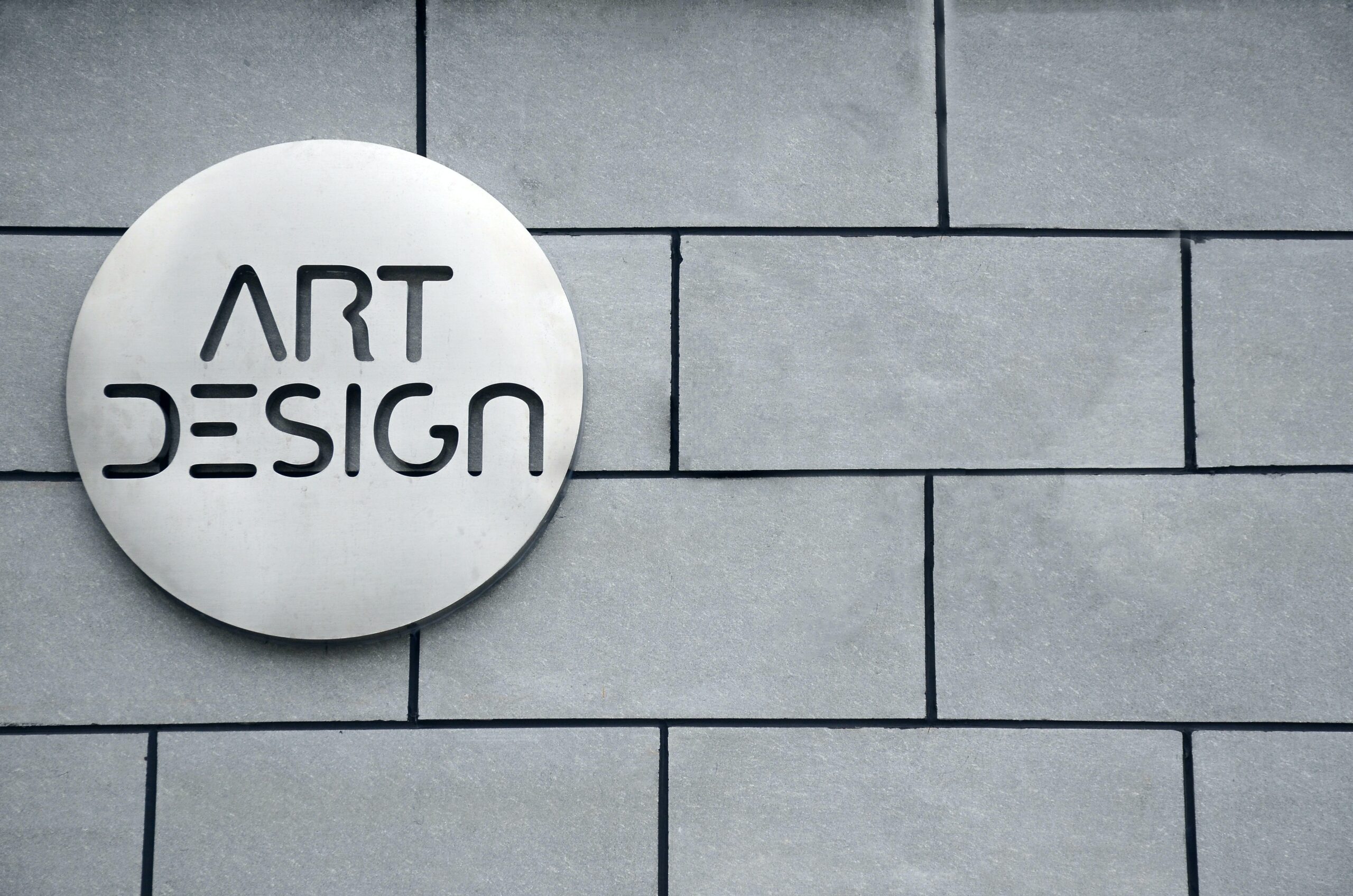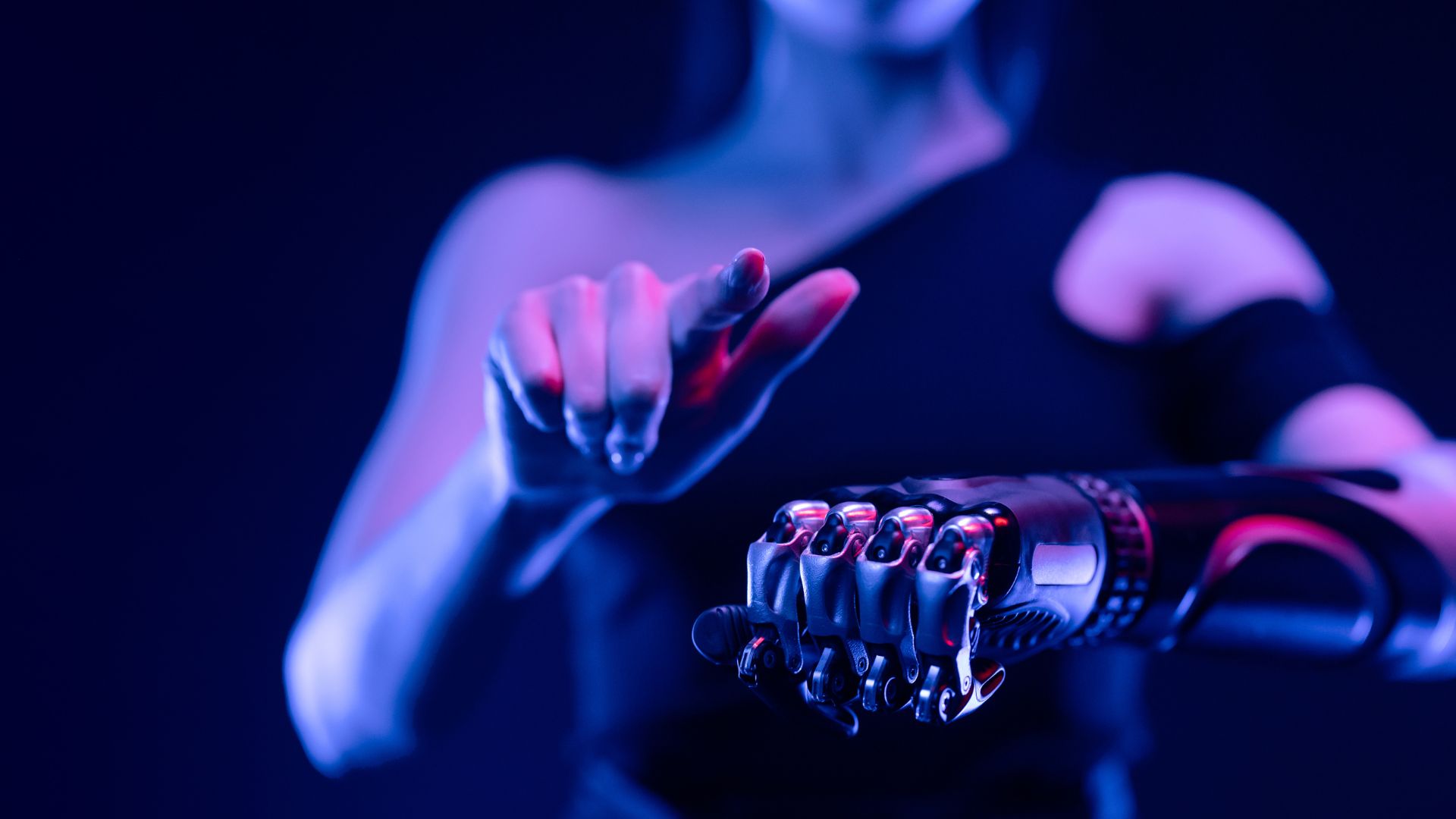Logo change, yes or no? What we can learn from Airbnb, Lacoste & Co.
For many companies, the logo is the most important element of their corporate identity. Hardly anything connects the own target group so much with the brand as the big yellow M of McDonalds or the Swoosh of Nike. While brands tend to revise their website or core messages and adapt them to current events, the logo often remains untouched for decades. This is because such a change can influence a brand’s perception in many ways and brings with it both advantages and disadvantages. It is therefore important for companies to weigh up carefully whether a visual relaunch makes sense for their own brand awareness, customer loyalty and general perception.

Why switching can make sense: Airbnb shows the way!
The advantage of a new logo is obvious: The brand is elevated to a new level and given a fresh, modern look. One example of how such a change can make perfect sense is Airbnb. The brand’s logo is instantly recognized by millions of travelers worldwide these days. Few still know the old, very generic version. Originally, the Airbnb logo simply consisted of the text “AirBed and Breakfast” in red and blue letters. When the company’s name was shortened to “Airbnb,” the design changed again. Finally, in 2014, the symbol we know today was introduced.
Klicken Sie auf den unteren Button, um den Inhalt von giphy.com zu laden.
While the old logo was still reminiscent of an air mattress thanks to the font, the relaunch introduced a more simply designed, abstract heart. This new symbol represents the connection between hosts and their visitors, which is at the heart of Airbnb. The company has since adopted a new mission that goes beyond just renting or booking. With the help of various messages, such as the call to discover the world, a cult of travel is to be created. Away from dull rooms or anonymous hotels, toward enjoying diversity and belonging in each place. So often, pure re-design is not enough.
In addition to the various visual aspects, it is also important to rethink the company’s own messages, including the mission, and to adapt them to the times. After all, customers are generally critical of a change of logo. Airbnb’s new design was not understood at first. The important thing here is that the changes must make sense and symbolize something or stand for a rejuvenation of the brand.
By the way, you can read more about Airbnb’s rebranding and current storytelling approach here: Storytelling Close-Up Airbnb: Vom Hotelschreck zur Reise-Muse
All for attention: a breath of fresh air thanks to logo change
Another benefit of a new logo is that it can revitalize the brand in the public eye and attract attention. For example, Lacoste, a thoroughly traditional company, temporarily changed the well-known crocodile to 10 endangered species in 2018 to raise awareness for conservation. At times, turtles, dolphins and rhinos graced the front of the famous polo shirts. The Lacoste line even took center stage at Paris Fashion Week in the process. After the show, the polos were sold for $183 each. The entire proceeds went to the International Union for Conservation of Nature (IUCN). This logo change, albeit short-lived, helped refocus the public’s attention on the brand and give it a new image.
Klicken Sie auf den unteren Button, um den Inhalt von giphy.com zu laden.
Big brands in particular have the freedom to take risks and change their logo or packaging in the name of marketing. Lacoste and Airbnb are by no means alone in their re-design. Microsoft, Starbucks or Google – to name just a few – have also undergone countless adjustments in the recent past. And this has often been accompanied by positive feedback from their target group.
Whoever breaks with tradition breaks a bit with his brand essence
.
The decision to change the logo is not always easy and can also have negative effects. Hardly surprising: it costs time and money to introduce such a comprehensive re-design in all areas of the brand. After all, the logo itself is not enough. The website and packaging have to be adapted accordingly, marketing materials redesigned and printed, and often the products themselves visually modified.
It also often alienates the brand from its own history and roots. In the worst case, a change also has an impact on the general awareness and loyalty of the target group. Because if loyal customers no longer recognize the logo, perhaps wondering whether they are buying the right product or whether it could be a fake, then at the latest the company has a big problem. Particularly in the case of traditional brands, this all too often leads to a big outcry in the community.
For example, GAP and Tropicana have come in for heavy criticism from the target group following their respective redesigns. The new logo of the fashion giant was perceived as uninspired and unprofessional by many customers. For Tropicana, it got even worse: after the change, sales dropped significantly because the new emblem no longer had any recognition value. In the end, both brands gave in under massive pressure from their respective target groups and reversed the visual relaunch. Although a roll backwards in design is actually very rare, it shows how important one’s own logo can be for target group loyalty. So a change needs to be well considered!
Klicken Sie auf den unteren Button, um den Inhalt von giphy.com zu laden.
What to look for in a change of scenery in branding
.
A new logo can bring both advantages and disadvantages. Therefore, it is important to carefully weigh whether a re-design is actually beneficial for the brand and whether the costs as well as the effort for the implementation are worth it. Involving your own target group in the entire process can also prove to be very useful. On the one hand, the target group feels that it is being listened to and, above all, that it is being appreciated, and it is more likely to accept the final design.
Whoever does not move too far away from the original version with the new emblem, giving the logo more or less just a refresh and adapting it to current events, avoids the risk that the brand will suddenly no longer be recognized. A more radical logo change, on the other hand, must be accompanied by a comprehensible, general image change. Companies that consider all of these points in their planning can bring a breath of fresh air to their own brand presence through this change of scenery, and thus expand or rejuvenate their own target group.
Share this article








